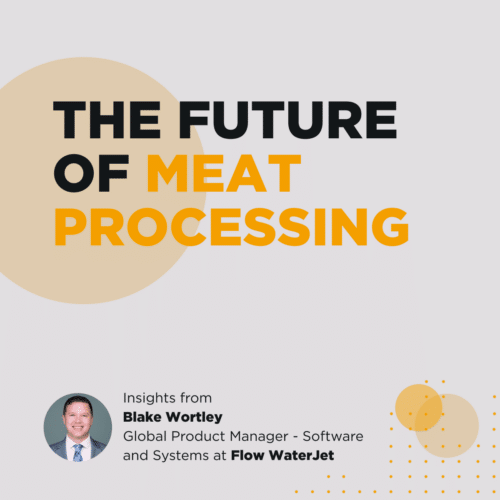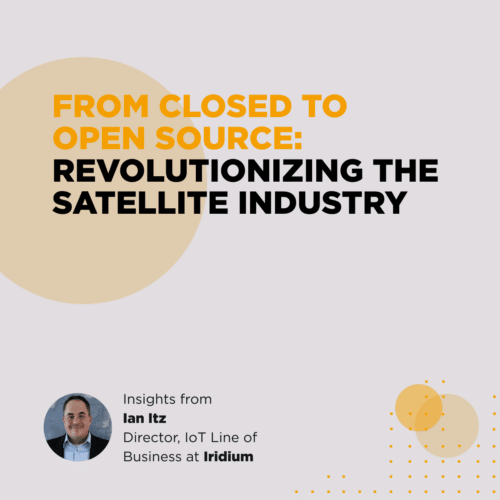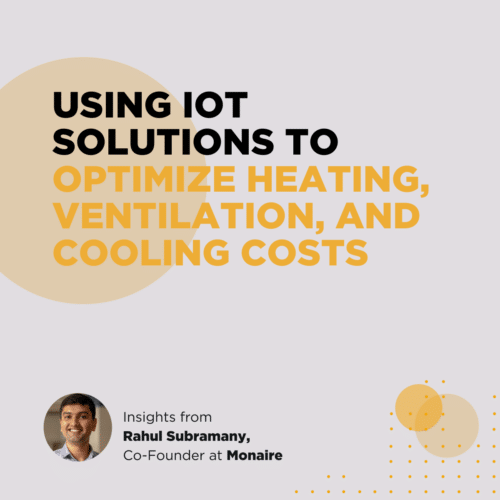Podcast
Episode 15: IoT Strategy: Firing Bullets Instead of Cannonballs
September 28, 2021
25 minutes
You’ve been tasked with defining an IoT and automation strategy for your company. It’s a major initiative that will likely span the next decade or more. Where do you start? What’s the right path forward?
Craig Salvalaggio, Chief Operating Officer at Applied Manufacturing Technologies (AMT), was in your shoes 18 years ago. In this episode, he offers advice on how to get started with an IoT strategy and the pitfalls to avoid along the way.
We discuss:
- What automation looked like 20 years ago
- Tips for getting started with an IoT strategy
- How building a team can inform internal culture transformation
- How partnerships enable growth
This post is based on a podcast episode with Craig Salvalaggio, Chief Operating Officer at Applied Manufacturing Technologies. To hear more interviews like this one, subscribe to Over the Air wherever you listen to podcasts.
Automation: Then vs Now
Craig’s story begins in the ‘90s, when automotive companies set the bar for automation and robotics.
Systems were basic and you had to know how to write and manipulate complex code to achieve results. The tech did its job but it was nowhere near as sexy or smart as we expect it to be today. Ease of use certainly wasn’t a decision-making factor back then and nobody really knew how to evaluate connectivity or data integration.
Everything was customized before automation went through a paradigm shift based on economies of scale. Industries like manufacturing eventually joined the automation party.
One thing led to another and, presto, here we are today: living in a world where humans and robots can work together in the same collaborative application space.
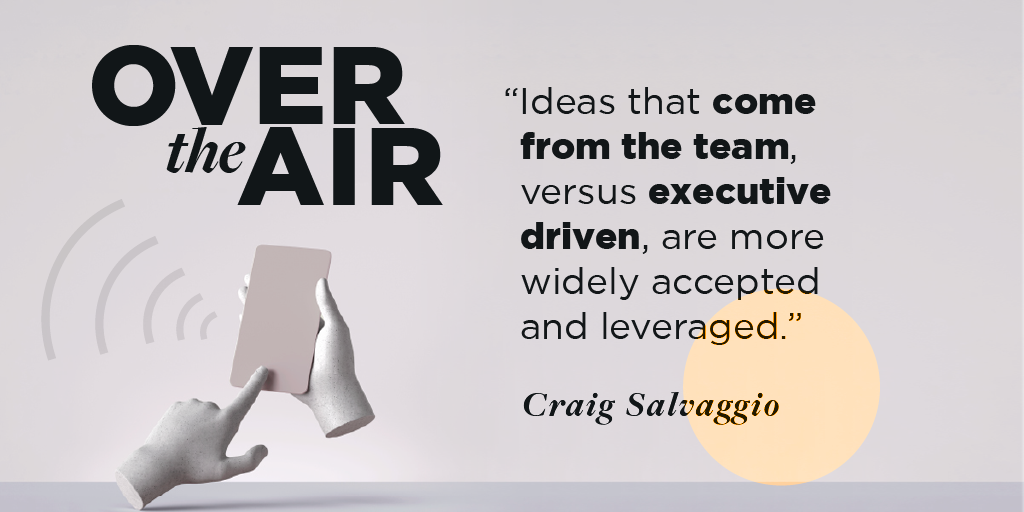
How to Automate Without a Frame of Reference
Automation is no snap-your-fingers job. You have to consider:
- Current manual processes
- ROI calculations
- Throughput
- Safety
- How each machine is connected
- What data to collect
- How to loop the data back into the operation to inform improvements.
AMT didn’t just look for solutions: they became the solution. They stepped in to help their customers roadmap and landscape automation, providing answers when people hardly even knew what questions to ask.
Building a Robust IoT Strategy
For Your Own Career in IoT
Craig’s first piece of advice is to learn from other people, especially leaders who are willing to share from their own experience. He asks:
- How are you investing in yourself?
- What’s your vision?
- What would be realistic and possible if everything went right, according to your plans?

Surround yourself with the team members who will take you further forward all the time.
Building the Business of the Future
Build well-rounded teams. Craig’s team followed the process of building, analyzing, failing a little at some point, and then iterating to overcome challenges and constantly push boundaries.
Clients for whom you’re deploying IoT solutions may not always understand or actively use the jargon, so get familiar with the marketplace and the language that each of your stakeholder groups uses.
A resilient business strategy prioritizes customer education in the effort to find the elixir of business life: the product-market fit.
It’s an ongoing battle if you think about it. New systems, devices, and versions are constantly being released into the market. It’s very possible to miscalculate things and over-capitalize on a flop.
A Closer Look at AMT’s Strategic Development
You have to crawl before you walk. It’s no different with IoT.
Craig admits to learning this the hard way when his team tried to accomplish an end goal of theirs without first taking stock of what tech was available in the marketplace.
Over-ambitious? Definitely. But that doesn’t mean the experience lacked value.
It helped AMT reset their IoT strategy in a way that built the customer experience around what was available, integrating customer education and performance analytics as time passed.
The lesson: taking a step back doesn’t automatically mean you regress as a business.
A hard-learned lesson turned into the next level of success for Craig’s team, so what’s stopping you?
Want a Strong Culture? Choose the Right People.
Sounds obvious, right? But it isn’t.
Ideally you want to hire a fit for your company’s existing culture: values, ethics, ability to function and perform at the right speed and quality standards. The trick is aligning the culture hire with the skill-based hire. You can’t thrive without considering all angles as you expand.
Are Partnerships the Secret Ingredient to Business Longevity?
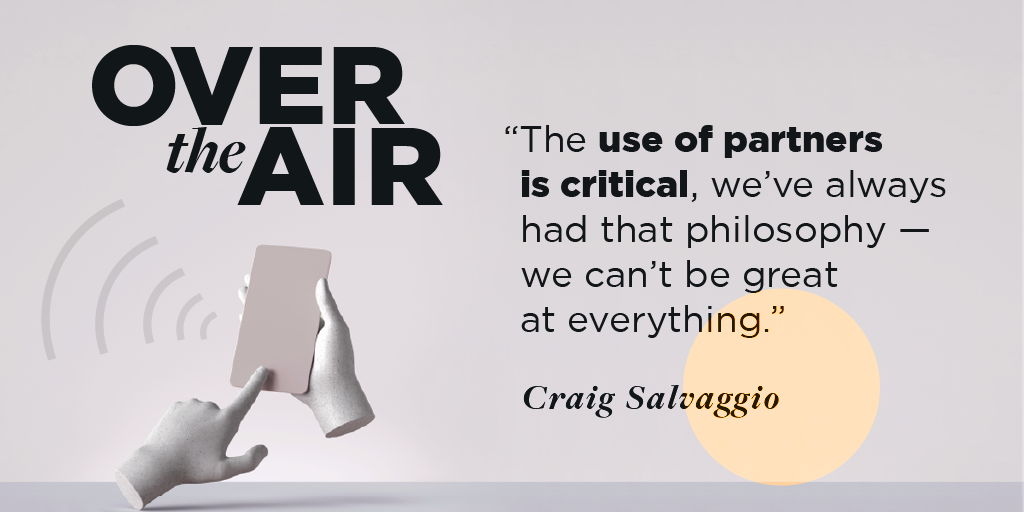
The partner route genuinely fosters greater flexibility and compounded growth:
- It enables access to new and different market segments and industry specialists as talent or consultants.
- It creates pathways for research and development, blending and evolving everything from materials to finished tech.
- It expands your capacity to deliver value without eating away at your profit margins.
Partnership networks function as the golden thread that connects dots that hold value, each within their own right. They may just be the most robust way to move from where we are right now to something we can’t yet comprehend, within the next 30 years. Who’s taking that journey with you?
Never miss an episode of Over The Air by subscribing wherever you listen to podcasts.

Hosted by: Ryan Prosser
CEO at Very
As Very's CEO, Ryan collaborates daily with product, sales, and marketing to deliver the IoT solutions our clients look for. He is also a champion for our culture, fostering transparency and efficiency across our distributed team.

